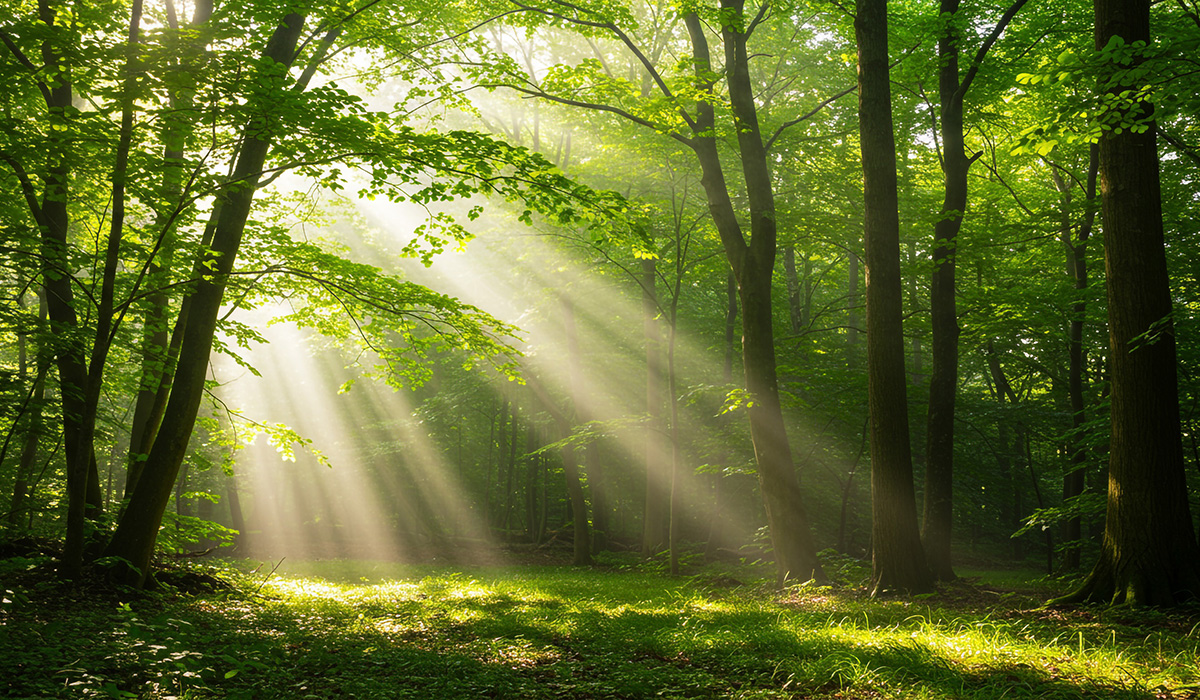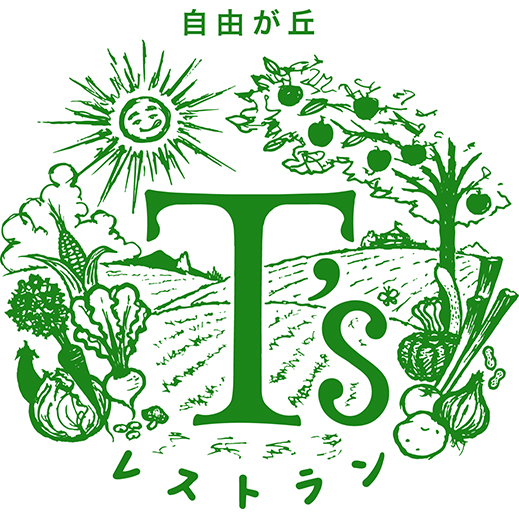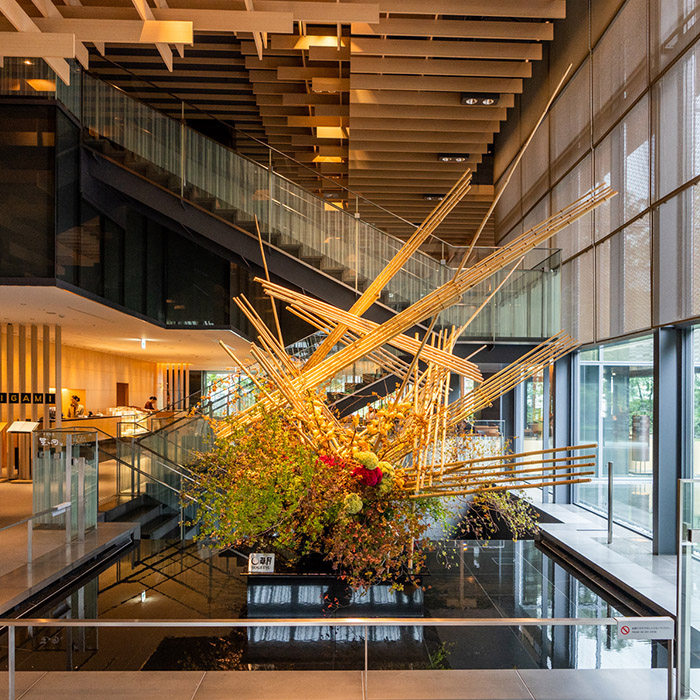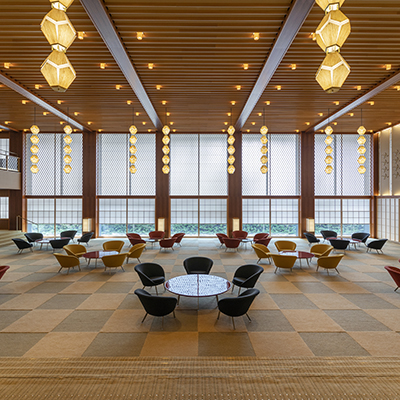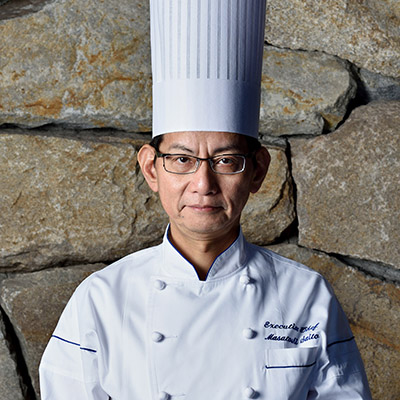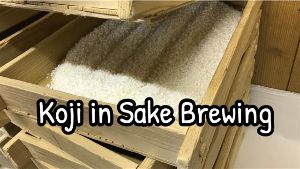July 31, 2025
What Is Haiku?
— The Heart of Japanese Poetry Expressed in 17 Syllables —

Haiku is one of the shortest poetic forms in the world. Within just 17 syllables, it distills the fleeting changes of the seasons, emotional resonance, and an intimate dialogue with nature. A well-crafted haiku, like ripples on a still pond, lingers in the heart long after it is read. Originating in Japan, this poetic form has evolved into a globally appreciated and practiced mode of artistic expression.
What Is the Basic Structure of Haiku?
A haiku is a traditional Japanese poem, typically composed of three lines following a syllabic pattern of 5-7-5. While simple in form, haiku possesses profound depth. It often includes a kigo (seasonal word) to establish a connection with nature. Unlike Western poetry, haiku rarely relies on rhyme; instead, it aims to express a moment of beauty or emotion with clarity and purity.Haiku Structure:
A Famous Haiku by Matsuo Bashō (1644–1694)
Furu ike ya
Kawazu tobikomu
Mizu no oto
An old pondThis is arguably the most famous haiku of all time, written by Matsuo Bashō, the great master of haiku. With just 17 syllables, it captures silence, movement, and the spreading sound of water. It’s not merely a “frog poem,” but a reflection on the moment silence breaks, the flow of time, and the connection between nature and humanity.
A frog leaps in
The sound of water
Essential Elements of Haiku
Haiku in the Modern World
Today, haiku is written in many languages worldwide. While some poets stick strictly to the 5-7-5 format, others focus more on capturing the "spirit of haiku," which involves observation, brevity, and awareness of the present moment, regardless of structure.What Haiku Teaches Us
Haiku teaches us to pause. It invites us to notice the small, often overlooked moments of everyday life. As a poetic practice, haiku embodies mindfulness, empathy, and intentional living.So, what do you think? Does stepping into the world of haiku feel like starting a new adventure? One that uncovers beauty in stillness and meaning in simplicity?
Coming Up Next:
In our next article, we will explore the life and travels of Matsuo Bashō, often called “the father of haiku.” Discover how he elevated haiku to a true art form and left behind timeless verses that continue to inspire readers across generations.